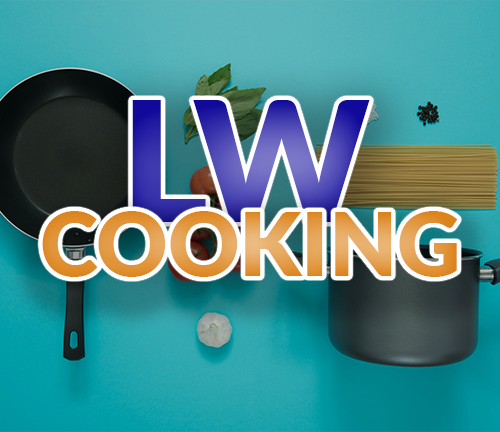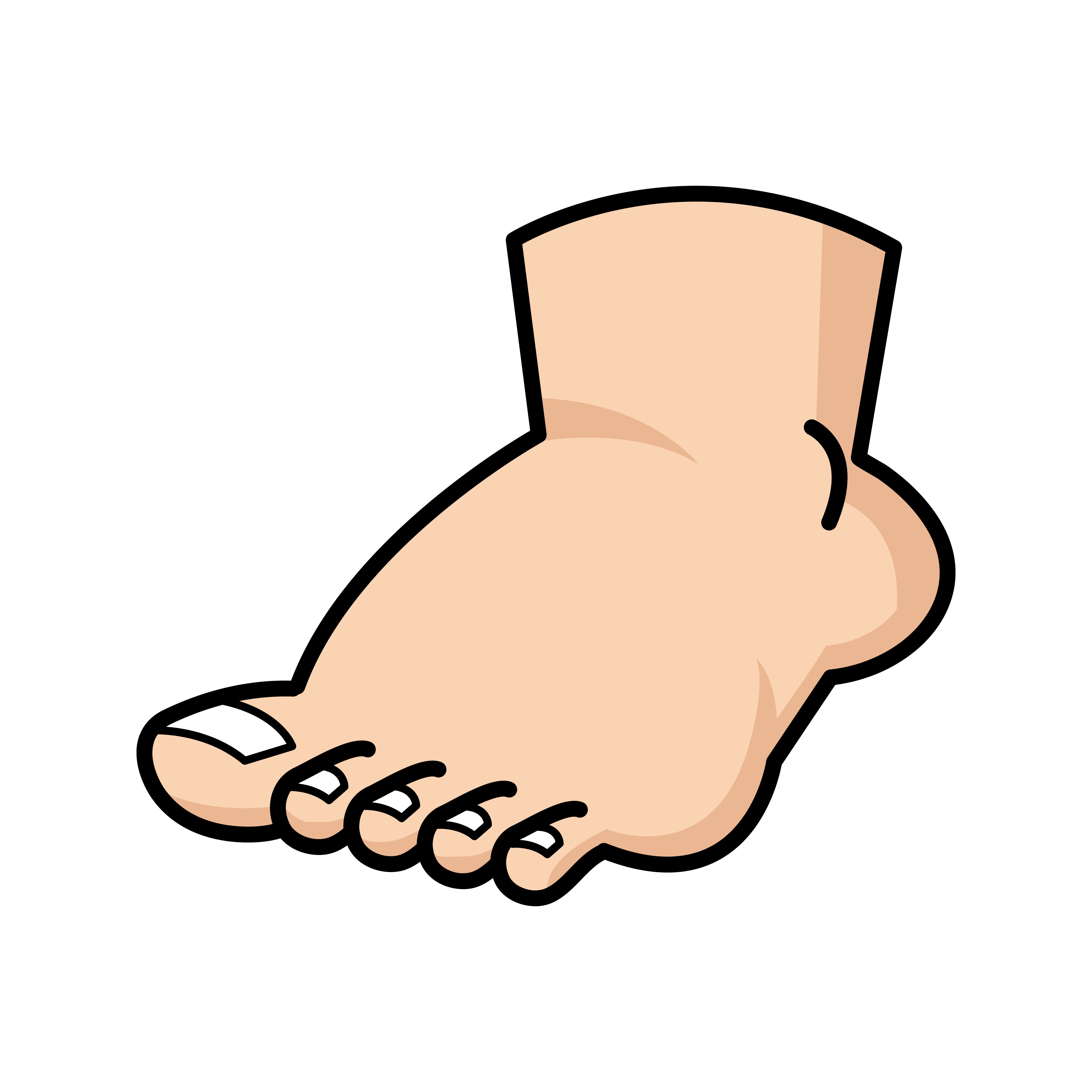I’m trying to recreate those XL pizza you can get at most American pizza chains. Also, do I have to increase the measurements of the other ingredients (yeast and salt)? Thanks in advance.
Ignore me please, I have nothing productive to say - I’m just honestly a bit confused why you’d think you would not increase all ingredients of the dough if you want more dough. And how you have to ask how to scale it from X pizza area to Y pizza area. This all just seems so basic and common sense to me. Where did you fail when figuring this out yourself? Or did you not even try and went straight to asking?
I know this sounds mocking or something, but I’m actually genuinely curious
Have to chime in because I had the exact same thoughts as you. It really sounds like someone dialing you drunk af/high af at 3 AM ready to make a huge ass pizza but they can’t figure this basic ass shit out.
Like, if sober, how is the answer to this question not deducible from common sense.
Not everyone on Lemmy is a nerd. Most people in the world are bad at math.
Former Pastry Chef here. You definitely need to increase the other ingredients proportionally. Pizza dough is essentially just a bread dough.
You need to use Bakers Math/Percentages
Heres a basic calculator to calculate ingredient percentages
I think the trick is “XL” is not a standard size. Some places top out at 12 inches, other places go to 16 inches.
Here’s a 12" recipe:
https://sugarspunrun.com/the-best-pizza-dough-recipe/
Here’s a 16" recipe:
12 inches is quite small, definitely not “XL”. New York pizzas, very well-known for their size, are typically 18 to 24 inches in diameter. I think that’d be a good reference for an “XL” American pizza.
Yeah, like I say, it’s not a standard. :) This was an argument we had with an idiot teacher on some kids homework back in the day.
https://hellogiggles.com/confusing-pizza-math-problem/
“Marty ate 4/6 of his pizza, Luis ate 5/6 of his pizza. Marty ate more pizza than Luis. How is this possible?”
Kid wrote “Marty’s pizza is bigger than Luis’ pizza” and got marked wrong. Even though the question stated it as fact and asked for an explanation.
A 12" pizza would be 113 square inches. 4/6 would be 75.3 square inches.
A 7" pizza would be 38.48 square inches. 5/6 would be 32 square inches.
It’s possible for this to be true and for their pizzas to be the same size if the size of the pizzas are 0 cm in radius. Then they have both eaten nothing.
There’s a few variables here you’re going to need to address, but to tackle the easy part first, yes you will need to increase other ingredients as well, as long as you keep the ratio of all the ingredients consistent, you can pretty much scale the recipe up or down however much you want.
Next, what is your definition of an XL pizza? Different stores have different sizes. At the local pizza place I used to work at many years ago, our small was a 12 inch, medium 14, large 16, and we used 18 inch pies we’d use to sell individual slices on for some catering gigs. Some places max out at 12 or 14 inches, and I’ve seen some places that offer 20 inch pies, and if we venture into the realm of rectangular pizzas they may be made in a full 18x26 sheet pan (I’m going to assume you’re not doing that though, because most residential ovens can’t even fit a full sheet pan, and if you have a professional oven that can you probably already know what you’re doing and wouldn’t need to ask)
What style of pizza are you trying to replicate? What recipe are you using? What kind of oven? What is your technique like? Different doughs will stretch or rise differently or behave differently in the oven. There’s no real one-size-fits-all rule of thumb to follow.
You can do a bit of math, figure out your dough density, volume of a cylinder that’s say 16 inches in diameter and ⅒ of an inch thick, and scale your recipe from there, but honestly making pizza at home is often going to involve a bit of trial and error no matter what while you dial in your technique and equipment, so personally I’d just make a bigger batch of dough, eyeball out a ball that seems about right, weigh it and see how it comes out, if it’s too small make a second pizza with a bigger ball of dough, if it’s too big, make the next one smaller, until you figure out what’s right for the pizza you want to make. Invite a couple friends over to eat the extra pizzas and make a night of it.
I’d go to pizzacreator.net - there you can choose what you think is an XL pizza.
I don’t know how much flour you’d need but you should definitely increase the other ingredients by the same proportion as the flour. If you have a recipe you like for an M inch pizza and you want an N inch pizza you should be able to scale all the ingredients up proportionately by calculating the area of an M inch circle and an N inch circle. But bear in mind that rolling out a ginormous pizza and moving it around is difficult (I’d definitely use a pan rather than trying to get an 18” or larger pizza to slide off of a peel onto a stone). And make sure your oven is big enough.
for the record, you also need to consider the height. [height] * pi * [radius]^2 = v.
it should also be noted that two 6 inch pizzas are smaller by area and volume than an otherwise similar 10 inch pizza (the combined area of 2 6 inch pizzas are 226.19 in^2, verses 314.15 in^2 for a 10 inch.)
If we’re just trying to make a proportional change, then the area formula is all you need, since we can assume the height should be roughly the same between them.
It really should be a simple calculation. In fact, you don’t even need pi, since that’s a common factor. All you need is the ratio between diameters squared.
If you want to go from 12" to 16" recipes, you take (16/12)^2 ~= 1.8
So just multiply all the amounts by that factor and it should be about right. If it’s not, adjust it a bit for next time.
Good point. I prefer working with tau anyhow- 2 pi is always better than one,
(Sorry sorry, couldn’t a resist a math and food pun,)
I usually pick up a pound of french bread dough from the grocery store. It makes a very hefty, large pizza if you roll it out pretty thin. You figure at 60% hydration, thats about 10 ounces of flour and 6 ounces of water, if youre using active dry yeast.
And then, yeah, the other ingredients would need to increase proportionately. Like .2 oz of salt, and probably a packet or two of yeast.
Where do they sell french bread dough? Using it for pizza is cool.
The grocery store bakery department will usually sell you their French bread dough, if they make fresh bread in the store.
I usually calculate 125g of flour (1 cup) per “average adult”. Multiply that by the amount of people who you’re expected to feed with a XL pizza. (I never ate from those American pizza chains, and pizza sizes vary too much - like, a 40cm Sicilian will use way more flour than a 40cm tonda.)
@[email protected]’s 16 inches (40cm) recipe says two cups. From some quick maths it fits well my experience - I usually use 250g of flour for a pizza that goes on a 40-something cm stone.
And yes, you need to scale both yeast and salt. For reference my typical dough uses:
- 1kg flour
- 600ml water
- 50g fresh yeast, or 25g of dry yeast
- 15g salt
- 20g sugar
- 80g oil











